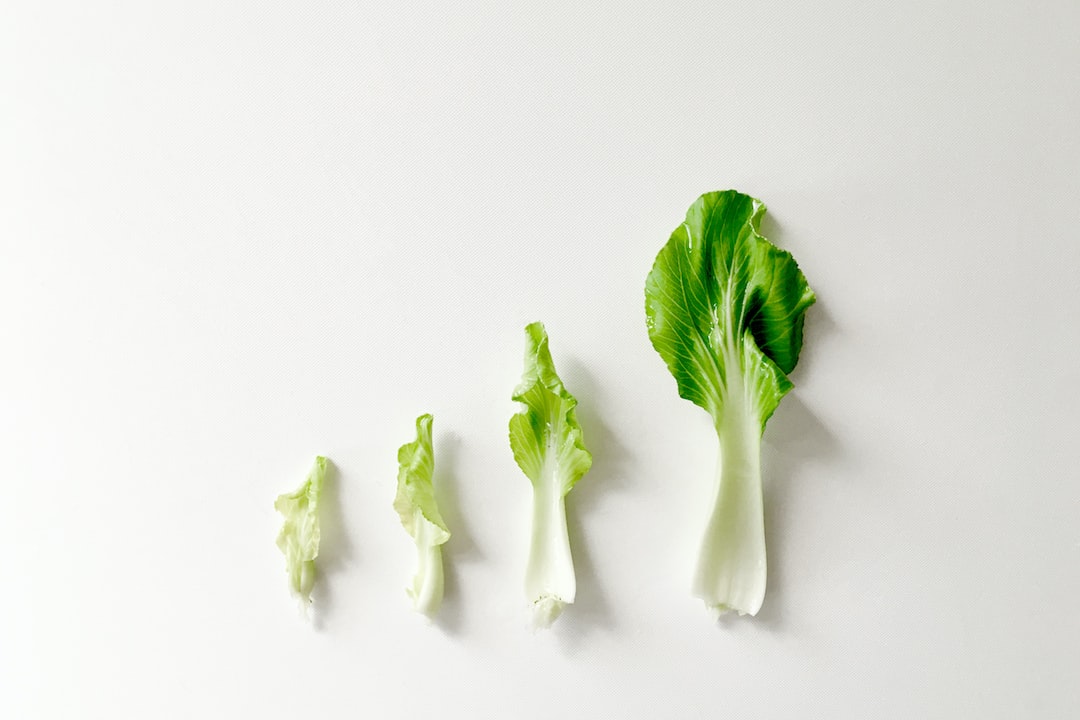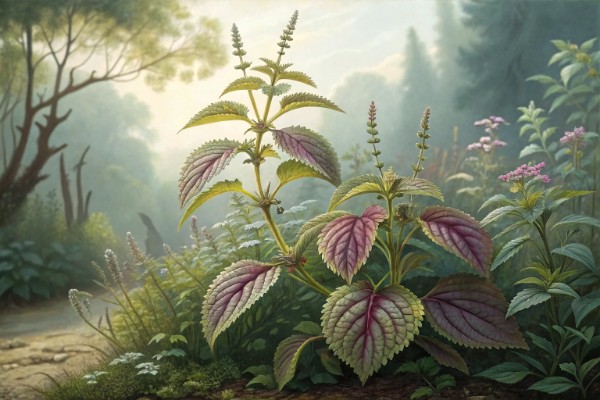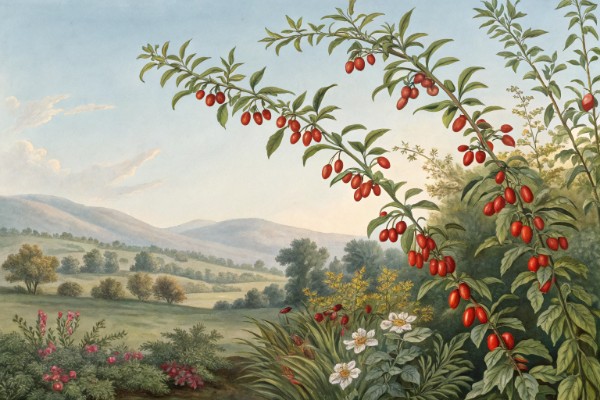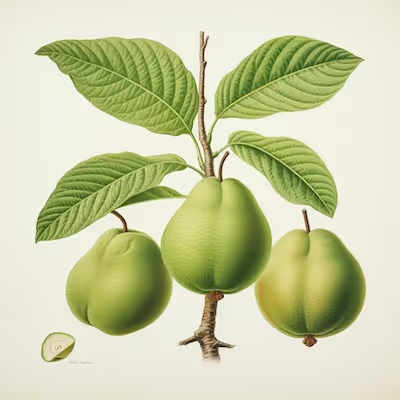Growing Bok Choy: How to Grow Healthy Plants at Home

Growing Bok Choy
Growing bok choy puts crisp, fresh greens on your table with minimal fuss. Sow seeds directly into rich soil, water regularly, and harvest in as little as 45 days—growing bok choy practically rewards laziness. Did you know this leafy cousin of cabbage thrives in cooler weather, making spring and early autumn ideal planting periods?
Growing Bok Choy: How I Get Tender, Crunchy Heads Every Time
I grow bok choy like I’m tuning a jazz set, tight rhythm and small improvisations that keep plants stress free. It rewards that focus with glossy leaves, crisp midribs, and speed that embarrasses slow salad greens.
Fast facts for Growing Bok Choy
- Season: Cool weather crop for spring and fall, ideal at 60 to 70 F (15 to 21 C).
- Days to harvest: 30 to 35 for baby, 45 to 60 for full heads.
- Spacing: Baby 4 to 6 in (10 to 15 cm), full size 8 to 12 in (20 to 30 cm).
- Soil pH: 6.2 to 7.2, with steady moisture and high organic matter.
- Water: 1 to 1.5 in per week (25 to 38 mm), never let it swing from drought to flood.
- Light: 6 hours minimum sun, partial shade during heat helps hold quality.
- Bolt triggers: Cold snap followed by heat, daylength over 13 hours, and water stress.
"Many bok choy varieties reach baby size in 30 to 35 days and full size in 45 to 55." — Johnny’s Selected Seeds variety notes
Soil prep that sets the table
I aim for a crumbly, well drained bed that holds water like a sponge. I mix in 1 to 2 inches (2.5 to 5 cm) of compost and a light dose of a balanced organic fertilizer, then firm the surface since brassicas root better in settled soil.
The RHS reminds growers that brassicas prefer fertile, firm ground with a near neutral pH. A quick soil test pays for itself with cleaner, steadier growth and fewer nutrition hiccups.
Seed vs transplant: my rule of thumb
Direct seed if nights are above 50 F (10 C) and flea beetles are under control. Transplant if spring is fickle or you want a head start.
For transplants, I use 1.5 to 2 inch cells and grow for 3 to 4 weeks under bright light. Harden off for 4 to 7 days so they shrug off wind and sun.
Timing to outrun bolting
Spring sowings go in 2 to 4 weeks before last frost, but I avoid long vernalizing chills that prime the plant to bolt. Fall crops are easy, sow 6 to 10 weeks before first frost and enjoy slower, sweeter growth.
Bolt resistant picks buy you margin, yet steady moisture and light shade during heat do more. A 30 percent shade cloth can drop canopy temps a few degrees and protect texture.
Sowing and spacing that breathes
I seed 3 to 5 per inch, thin with scissors at the two leaf stage, and eat the thinnings. For heads, final spacing at 8 to 10 in (20 to 25 cm) gives me dense, upright plants with wide petioles.
Rows at 12 to 18 in (30 to 45 cm) keep air moving. Mulch with clean straw or leaf mold to steady moisture and block grit splash.
Watering and feeding without making hollow stems
I give a deep soak twice a week in dry spells and avoid shallow spritzing. Uneven water toughens leaves and encourages bolts.
Side dress at 2 to 3 weeks with a light nitrogen feed, something mild like fish hydrolysate or a 5-5-5, then stop once heads size up. Too much late nitrogen can cause soft growth and split crowns.
Weather hacks: heat, cold, wind
Above 75 F (24 C) I use shade cloth and morning irrigation to cool the canopy. In spring snaps, a lightweight row cover protects down to about 28 F (-2 C) and speeds growth.
Wind makes leaves leathery, so I plant near low windbreaks or use hoops to keep covers off the foliage. Good airflow still matters for disease suppression.
Pests and diseases you will actually see
Flea beetles pockmark leaves early, mostly cosmetic, yet seedlings can stall. I use preemptive row cover on day one and sticky-edge trap boards as an early warning.
Cabbage loopers and imported cabbageworms chew big holes and leave green frass. Bacillus thuringiensis kurstaki (Bt) knocks them back, and I scout undersides of leaves twice a week.
Aphids cluster in curls near the crown. A hard water blast, followed by insecticidal soap, clears most colonies.
Slugs love the cool mulch. I hand pick at dusk and run iron phosphate baits where pressure is high.
Clubroot and black rot ride in with soil and debris. Rotate out of brassicas for 3 to 4 years and clean tools between beds.
UC IPM notes that floating row covers prevent flea beetle damage by excluding adults, which matters most at seedling stage.
Organic IPM toolkit I actually use
- Lightweight row cover, 0.5 oz fabric on hoops to avoid abrasion.
- Btk for caterpillars applied in late afternoon so UV does less damage.
- Yellow cards for aphids and thrips, mostly for scouting, not control.
- Beer traps or boards for slugs, plus tidy edges to reduce hiding spots.
- Clean harvest knives and rinse tubs to prevent black rot spread.
Harvest, postharvest, and storage
For baby bok choy, I cut whole plants at 4 to 6 inches tall. For full size, I slice just above the soil line once the heads feel firm and petioles are white and wide.
Hydrocool in cold water right away to 34 to 40 F (1 to 4 C). Store high humidity in a perforated bag, and it holds 1 to 2 weeks with excellent snap.
Top varieties I trust
- Mei Qing Choi: Compact, juicy, lovely for tight spacing, holds better in spring heat.
- Joi Choi: Large hybrid with thick petioles and clean white stems, a market workhorse.
- Toy Choi: True baby type, fast and tender, great for containers.
- Win-Win: Broad, glossy leaves, mild flavor, forgiving in variable weather.
- Purple Choi: Anthocyanin rich leaves that keep color in the pan, slightly peppery.
Containers and small spaces
Bok choy thrives in containers 8 to 10 inches deep with about 2 to 3 gallons per plant. I use a peat or coir based mix with compost plus slow release organic nutrients and keep EC low so flavor stays sweet.
Water daily in heat since pots swing fast. A black fabric pot warms quickly in spring, then I switch to light colored pots in summer to reduce root stress.
Hydroponic notes for speed growers
In NFT or raft systems, I run pH 5.8 to 6.3 and EC 1.2 to 1.8 mS/cm. For lights, 200 to 350 µmol m⁻² s⁻¹ PPFD over 14 to 16 hours grows crisp leaves without tipburn.
Space 6 to 8 inches on center for heads and keep airflow steady. A gentle fan makes thicker petioles and reduces water film on leaves.
Companions and rotation
I interplant with scallions or garlic to confuse flea beetles and keep beds tidy. Skip planting after kale, mustard, cabbage, or radish to reduce clubroot risk.
A three year rotation out of the brassica family pays off. I follow bok choy with fast legumes or a mulch crop to reset the bed.
Troubleshooting quick fixes
- Plants bolt early: tighten spacing shade in heat, water evenly, switch to bolt resistant varieties, time fall plantings later.
- Leaves bitter: speed harvest in heat, water deeper, and cool quickly postharvest.
- Holes overnight: set slug traps and check at dusk, apply iron phosphate baits.
- Stalled seedlings: warm the soil to 60 F (16 C), feed a mild tea, and protect with row cover.
- Soft, puffy stems: ease off late nitrogen and water on a schedule.
Buying guide: seeds, gear, amendments
Seeds: pick bolt resistant F1s for spring and open pollinated types for fall seed saving. Look for days to maturity under 50 for quick turns.
Row cover: lightweight for spring speed and insect exclusion, heavier fabric for frost. Hoops keep fabric off leaves and reduce abrasion.
Fertilizer: balanced organic preplant, then mild side dress only once. Calcium rich soils keep midribs crisp and less prone to tipburn.
Irrigation: 1 gph emitters or a fine rose watering can for seedlings, with a simple timer to keep rhythm tight. Moisture consistency beats any miracle input.
Yields and small market math
With 8 inch spacing, I average 2 heads per square foot and about 1 to 1.5 lb per square foot per cycle. Baby types turn even faster, 3 to 4 cuts in under two months with succession planting.
Farmers market prices often sit at 2 to 4 dollars per head depending on region and size. Quick cycles and low space needs make bok choy a reliable cash and flavor crop.
Nutrition and flavor
USDA FoodData Central lists bok choy as low calorie and high in vitamins A, C, and K, with a clean mineral finish. That mineral snap shows when plants grow fast and stay evenly watered.
I cook the thick stems first, leaves last, and hit the pan hard and fast. It eats like a cool morning in the garden, bright and bracing.
Why Growing Bok Choy fits almost any garden
It sprints from seed to plate, answers to simple management, and plays nicely in containers, beds, or hydro. Growing Bok Choy taught me that precision beats force, and that timing tastes like tenderness.
Cheatsheet: Home Bok Choy Success
🌱 Variety Selection
Choose: Baby Bok Choy for fast harvest (30 days); Full-size bok choy for bigger leaves (50 days).
☀️ Location & Timing
- Full sun (6+ hrs) or partial shade in hot climates.
- Best temps: 55-70°F (13-21°C).
- Spring or fall planting prevents bolting.
🌿 Soil & Spacing
- Loose, rich, well-drained soil.
- pH: 6.0–7.5.
- Space: 6–8 in (15–20 cm) apart.
- Mix in compost before sowing.
💧 Watering & Feeding
- Keep soil moist; avoid soggy roots.
- 1 in (2.5 cm) water per week.
- Feed: Balanced organic fertilizer every 2-3 weeks.
🛠️ Tools and Products You’ll Need
- Bok choy seeds
- Trowel
- Compost or organic fertilizer
- Watering can or hose with soft spray
- Row cover (for pest protection)
- Mulch (to retain moisture, suppress weeds)
🐛 Pest & Disease Tips
- Floating row covers deter flea beetles, cabbage worms.
- Remove yellow leaves; avoid overhead watering.
- Rotate crops to reduce soil disease risk.
✂️ Harvesting
- Ready in 30–50 days.
- Cut whole heads at base or harvest outer leaves as needed.
- Harvest young for tender flavor.
🥗 Nutrition & Value
Rich in vitamin C, vitamin K, calcium. Just 1 cup = 50% daily vitamin C.
Self-sufficiency: One 4-ft (1.2m) row feeds a family weekly.
- Prep soil with compost and check pH.
- Sow seeds 1/4 in (6 mm) deep, 6–8 in (15–20 cm) apart.
- Water gently and keep soil moist.
- Apply mulch after seedlings emerge.
- Monitor for pests; use row covers if needed.
- Feed every 2-3 weeks.
- Harvest at 4–6 in (10–15 cm) tall for baby bok choy or 12–18 in (30–45 cm) for full size.
Frequently Asked Questions About Growing Bok Choy
What soil conditions benefit bok choy growth?
Bok choy thrives in rich, well-draining soil with a neutral to slightly acidic pH (between 6.0 and 7.0). Integrate compost or aged manure prior to planting to nourish plants with essential nutrients.
How much sunlight does bok choy require?
Bok choy flourishes best when planted where it receives at least 6 hours of sunlight daily. Slightly shaded locations can encourage steadier growth during hotter summer months.
When is the best time to plant bok choy?
Plant bok choy during cooler periods of the growing season: early spring or in late summer for a fall harvest. Young plants prefer temperatures between 55°F to 70°F (13°C to 21°C).
How often does bok choy need watering?
Bok choy requires regular moisture for steady, healthy growth. Water consistently to keep soil evenly moist, providing approximately 1 to 1.5 inches (2.5 to 4 cm) of water per week, adjusting as needed based on rainfall conditions.
What are common pests affecting bok choy, and how can they be managed?
Common pests include aphids, flea beetles, and cabbage worms. Natural remedies such as neem oil, row covers, beneficial insects, and regular hand inspection effectively keep these pests at bay.
When is bok choy ready to harvest?
Harvest bok choy leaves when plants reach approximately 6 to 10 inches (15 to 25 cm) tall, typically after 45 to 60 days. Harvest outer leaves individually or cut entire heads at the base of the plant.
Can bok choy grow in containers?
Absolutely—bok choy is well-suited for container gardening. Use a container at least 8 to 10 inches (20 to 25 cm) deep, filled with nutrient-rich, well-draining potting soil, and ensure consistent watering for optimal growth.
Growing Bok Choy at home rewards you with crisp greens and a sense of control over what’s on your plate. Give your plants rich soil, steady moisture, and a bit of shade as temperatures climb. Watch out for pests and harvest before it bolts—you’ll taste the difference. Rotate with cool-season crops like lettuce or arugula to keep your soil and palate fresh. For me, bok choy belongs in the garden because it delivers—fast, reliable, and versatile in the kitchen. Nurture these plants, and they’ll return the favor.



